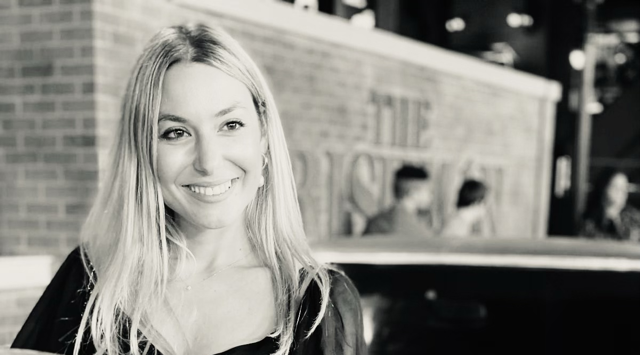With increasing importance in the modern age, it’s the combination of skills and perspective which result in someone making great strides. Elena Liakou’s work for Eworx on the EU’s Gender Equality Index is a prime example of this. A UX/UI designer with more than a decade long career proving her insight and technical facility for a variety of clients, Liakou’s credentials were without reproach but her status as a leading female designer in the tech industry gave her an additional incentive. She confirms, “I was thrilled to be a part of this project. Ensuring equal representation of women in the workplace could have positive results for everyone around the globe. Some people may think of gender bias as a thing of the past but unfortunately, a closer look at the data indicates that we are still a long way from gender parity in today’s business world. Communicating the issue in a visual way makes it easier for the people to understand the gender gap. Everyone should be aware of what’s going on in their country or in another country.” Having achieved great success on over fifty of the most complex websites for Eworx and their clients, Elena was placed at the helm of this site for the EU that would inform Europe and the world about the status of women in the EU workforce.

Communication has always been the crux of human interaction. In an increasingly digital world where in-person tones and cues do not allow for adjustments on both sides of a conversation, the preconception of how information is perceived is more vital than ever. UX/UI designers like Elena have the responsibility of anticipating the most natural way for the users of a website to utilize it as well as making sure the process is something they enjoy. Expanding on this, the ultimate goal of the Gender Equality Index was not to support comparison among EU member countries but rather to inform and ultimately increase improvement. While her title elicits visions of multiple computer screens with schematics and code, Ms. Liakou emphasizes that the beginning stage of her design emanates from a very human and organic point. She informs, “I focused on the five-stage Design Thinking model. Empathize, define the problem, ideate, prototype, and test. As a way of thinking and working as well as a set of hands-on methods, it helps me extract and incorporate these human-centered techniques into our designs. Initially, I determined with the team the communication or analysis goals for the data visualization. Using these factors, I determined which type of visualization would map most closely onto the stated objectives and be appropriate for the dataset, thus to communicate research results to a scientific or lay audience. After defining the problem thoroughly, I then jump right into wireframing. The best practise I used here is to focus on refining the experience around my core objectives to know what the core purpose of the data visualization is and put the most effort into making that experience intuitive. I focused on the content that users find valuable and removed any elements that did not support their objectives.” Having taken the user’s state-of-mind to the technical design of the information, Elena then fashions the UI with skins, themes, colors, and the like to feel natural and consistent across all devices. The end product is the digital version of the perfect all-in-one tool that fits naturally in anyone’s hand.

Since its creation, the Gender Equality Index has been widely recognized for its contribution to monitoring progress on gender equality in the EU. A resounding success, Elena’s original design which was presented by European Council President Herman Van Rompuy to the 2013 EU conference in Brussels and is the enduring standard for depicting the progress (or lack thereof) for the European Union. Progress takes more than knowledge; it requires perspective partnered with awareness. Relating information in the most efficient and intuitive manner is the path to this advancement. Elena Liakou is perhaps most proud of the universality contained in her work as she states, “Design is a way of life, and visual communication is the universal language that everyone in the world can understand, regardless of their nationality, age, or background. I am so lucky to have found a job that allows me to integrate my two passions, art and technology.”
Writer: Coleman Haan


Be the first to comment on "Elena Liakou on Realizing the Gender Equality Index"